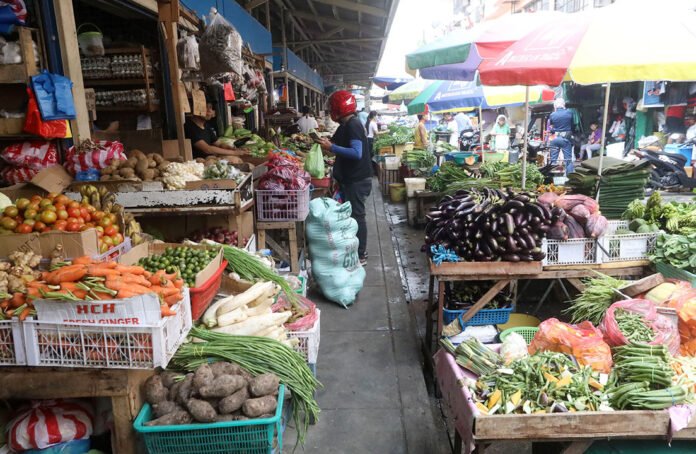According to the National Economic and Development Authority (NEDA), March’s inflation rate is predicted to be lower than it was last month.
In a news conference yesterday, in conjunction with the signing of the rules and regulations implementing the Public-Private Partnership Code, NEDA Secretary Arsenio Balisacan stated, “I don’t anticipate it surpassing the rate we observed last month.”
He emphasized that NEDA’s observations of current developments serve as the foundation for this prognosis. According to Balisacan, “However, we must remain cautious as surprises from the Philippine Statistics Authority (PSA) are always possible.”
He also conveyed confidence that inflation will remain between two and four percent, which is the government’s goal range.
The nation’s inflation rate increased in February, rising to 3.4 percent from 2.8 percent in January. The main causes of this increase were rising food and transportation expenses.
The cost of meat and rice increased, which was the primary cause of the food inflation spike from 3.3 percent in January to 4.8 percent in February. In February, transportation expenses experienced a 1.2% rise, in contrast to a 0.3% decrease in January.
Governor Eli Remolona Jr. of Bangko Sentral ng Pilipinas predicted that base effects will propel headline inflation higher, to 3.9 percent in March. This percentage is still less than the 7.6% that was noted in March 2023, though.
On April 5, the PSA is supposed to disclose the March inflation statistics.
Meanwhile, Balisacan announced that the government’s growth targets would be reassessed today at a meeting of the interagency Development Budget Coordination Committee (DBCC).
Reviewing this year’s growth objective is essential, according to Balisacan, given the global economy’s underwhelming performance and the interest rate hikes’ delayed effects.
The 2024 economic growth objective was changed by the DBCC in December of last year from 6.5 to 8 percent to a range of 6.5 to 7.5 percent. This adjustment takes into account the economy’s 5.6% growth last year, which was less than the 7.6% growth projected in 2022 and the government’s target range of 6% to 7%.




